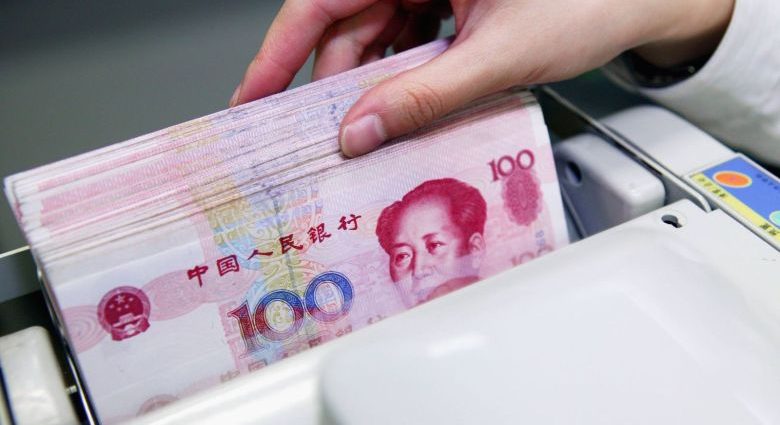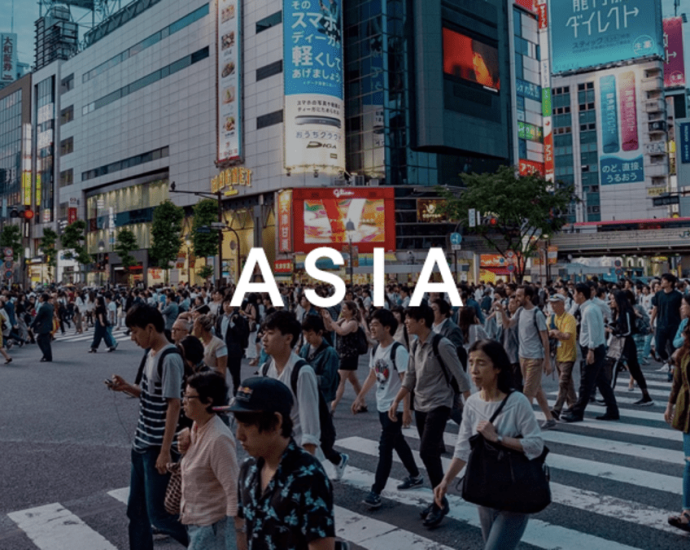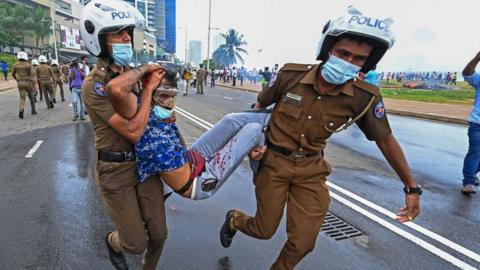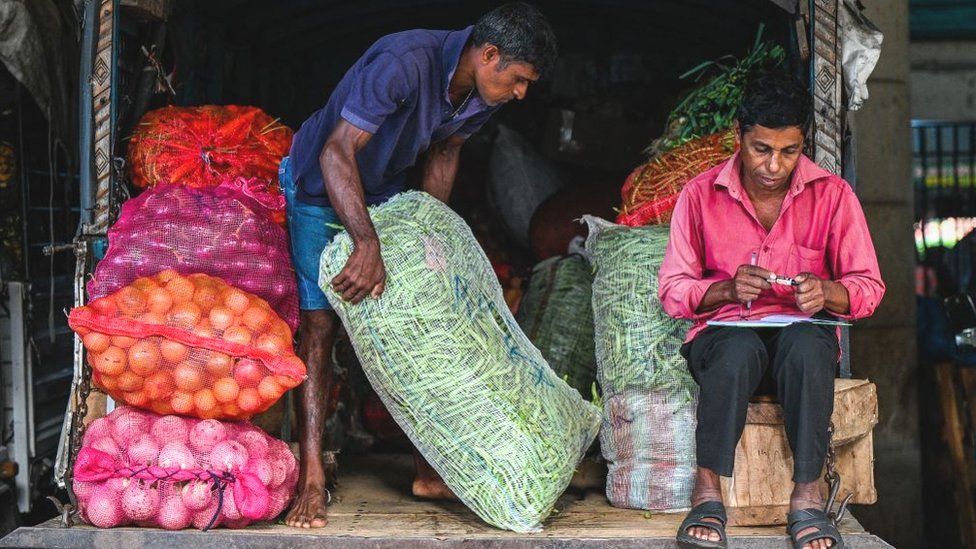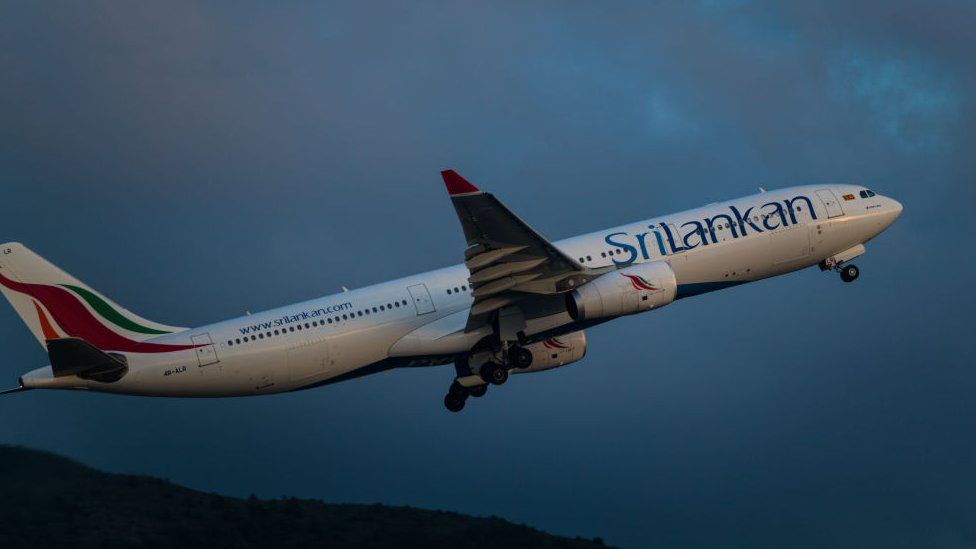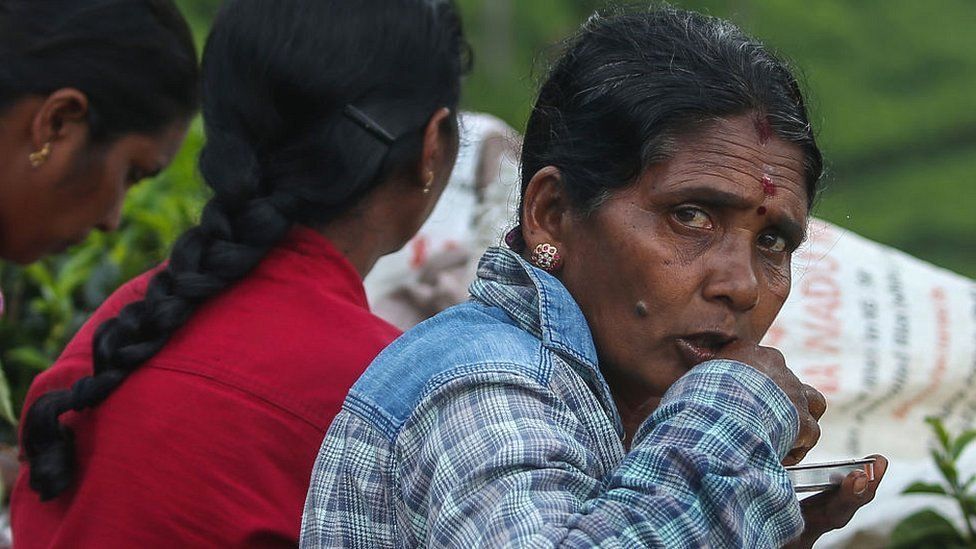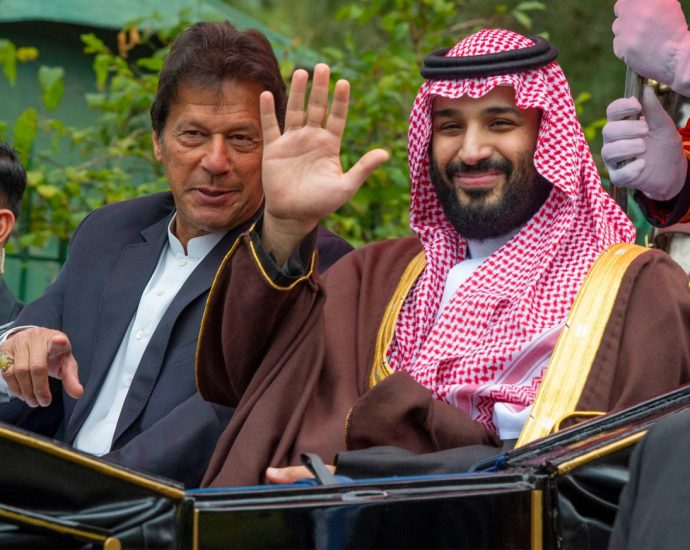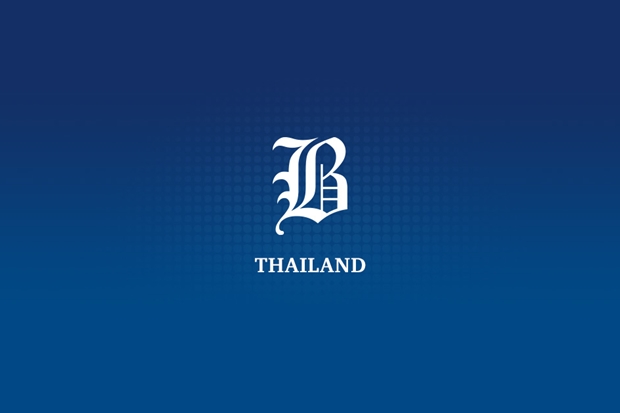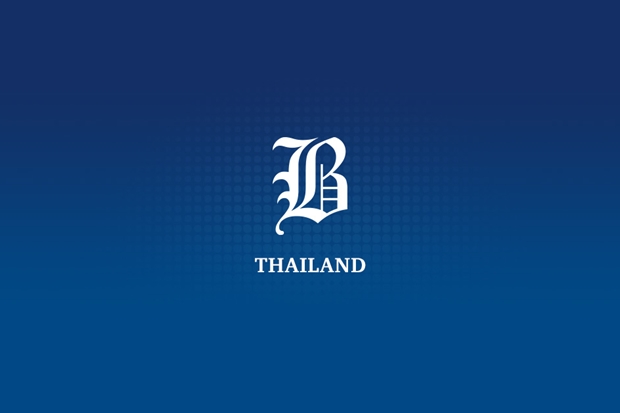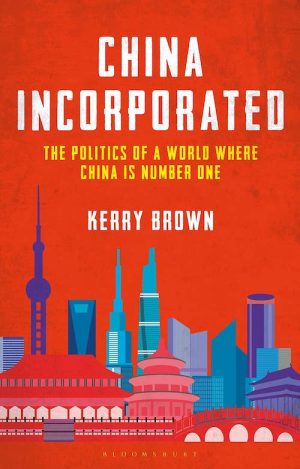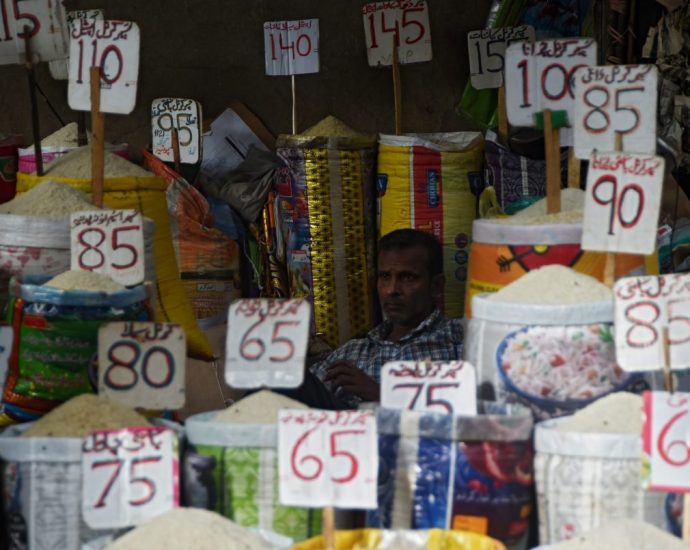Overuse of sanctions hasnât hit the dollar, yet
After a record-breaking wave of new sanctions on Russia, a longstanding debate on whether the overuse of sanctions “endangers the dollar’s reign” has resurfaced. There is no easy answer, as the basic premise of whether sanctions are being overused is subjective and depends as much on politics as economics.
Even if there is widespread agreement that overuse is occurring, it is not clear that the costs and risks of future sanctions justify creating an alternative to the well-oiled global dollar machine.
One exception would be the risk of sanctions that the United States might impose on mainland China in the case of a military action related to Taiwan—as it and a coalition of countries imposed sanctions on Russia in the wake of its invasion of Ukraine—which would force countries to choose between connecting with the global dollar system or with China.
Countries may try to build alternatives to the US dollar system to avoid being forced to make such a choice—whether or not they would succeed. US sanctions apply beyond its borders, leading most firms to abandon sanctioned entities rather than risk being sanctioned themselves.
Despite a flood of sanctions on Russia in 2022, it is hard to see much of a dent in dollar dominance. The dollar is near its historical peak—88% of foreign exchange transactions involve the dollar on one side. The RMB’s jump from 4% to 7% in the past three years has come at the expense of other currencies, not by eroding the dollar’s share.
Almost 58% of global reserves were held in dollars at the end of 2022, nearly the same as before the Russian invasion of Ukraine. Powerful network effects mutually reinforce the dollar’s role.
Trade in dollars and borrowing in dollars means that actors want to accumulate dollar reserves to ensure that even on a rainy day, they can afford their imports and interest payments. The United States has the deepest capital markets in the world, accessible through an open capital account.

China is less reliable due to controls that keep capital within its borders. For most countries, the US dollar’s liquidity means that it is often cheaper, safer and more efficient to handle trade in US dollars.
The ecosystem around the dollar means that risks to exposure can be easily hedged and there are plenty of good assets in US dollars to invest in before they are needed. Despite the US debt ceiling mess and other issues with US institutions, the US treasury market is considered a “risk-free” asset.
Sanctions are the textbook example of “weaponized interdependence” when the central node of a network exploits that position for its own interests. But it is difficult to say how weaponized sanctions really are. The impacts of different sanctions vary widely and not all sanctions create frictions that make others question use of the dollar.
Cases like North Korea and Syria have involved a high degree of international consensus. But US unilateral action in other cases have created friction, even with allies. When the United States backed out of the Iran nuclear deal and reimposed sanctions, European countries were furious that Washington could stop their firms from doing business with Iran.
And, despite strong political will, efforts to create a sanction-proof financial institution for business with Iran proved fruitless. Daniel McDowell’s book on sanctions and the US dollar, “Bucking the buck”, concludes that “dollar dependence remains the reality, even for sanctioned regimes.”
Sanctions on Russia send a mixed message. They seem to weaken the US dollar, leading countries who fear future sanctions to diversify their currency choices. While many countries have not joined the sanctions, the major reserve currency issuers have, even Switzerland. Countries that fear sanctions may learn from Russia’s case that diversification away from the US dollar does not provide the protection they might hope.
Barry Eichengreen and others have found that while reserves are gradually being diversified away from the US dollar, only a small share has gone into RMB. Throughout Asia, countries are developing more ways to trade and invest using their own currencies, but that trade tends to be small and expensive.
Though the People’s Bank of China sees a future with directly connected central bank digital currencies, these are in their infancy. It is not clear whether they can reduce dollar use enough to be impervious to sanctions.
Even if Washington shelved sanctions, currency diversification would continue because it is largely driven by other concerns like the global impact of US monetary policy. One can liken the thinking on currency to the global discussion on supply chains, where there is an increased willingness to incur costs to reduce excessive reliance on one supplier or country.
While not unique to US dollar transactions, concerns about global financial infrastructures like the SWIFT messaging system, which, though located outside the United States, ejects sanctioned entities from its network, have not led to viable alternatives. China’s Cross-Border Interbank Payment System is not a real substitute for SWIFT and relies on SWIFT for much of its messaging.

The greatest threat to the global currency system is the possibility of sanctions on China, a dog that mostly has not barked so far in the US-China trade and technology war.
While many of China’s top technology companies—like Huawei—find themselves on export control and investment ban lists, the US treasury department has declined to put them on the sanctions list. Being sanctioned would make them radioactive for global business and spark a backlash from countries suddenly unable to service their networks.
Some countries might disagree, but current US policy has rightly been careful to avoid using excessive unilateral sanctions, especially on China. Such sanctions might make building and moving to a real alternative to the US dollar actually worthwhile.
Large-scale China sanctions would be far costlier and less likely to enjoy the widespread international support that the Russia sanctions have. US policymakers need to be very clear-eyed that broader China sanctions would prove an important risk to the international role of the dollar.
Martin Chorzempa is Senior Fellow at the Peterson Institute for International Economics.
This article was originally published by East Asia Forum and is republished under a Creative Commons license.

